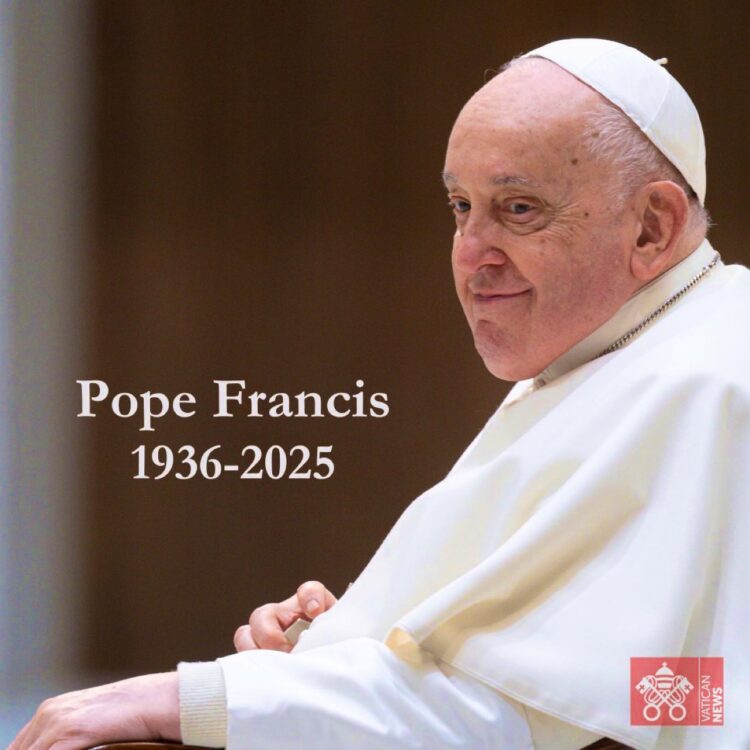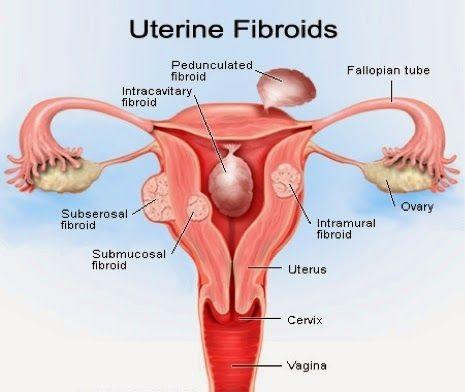Nakakaawa Faith Priscilla
The world is mourning the loss of Pope Francis, the spiritual leader of the Catholic Church, who passed away on Easter Monday, April 21, 2025, at the age of 88.
The Vatican announced the Pope’s death from the Casa Santa Marta, sparking an outpouring of tributes and condolences from around the globe.
“With deep sorrow, I must announce the death of our Holy Father Francis,” Cardinal Kevin Farrell, Camerlengo of the Apostolic Chamber, said in a statement. “At 7:35 this morning, the Bishop of Rome, Francis, returned to the house of the Father. His entire life was dedicated to the service of the Lord and of His Church.”
The late Pope Francis was known for his tireless mission to spread the Word of God and comfort humanity. During his 12-year pontificate, he visited 68 countries, inspiring millions with his message of mercy and love.
In his homily for Easter Sunday, Pope Francis encouraged the faithful to “run, filled with joy” to meet the Lord, and not settle for the fleeting things of this world.
The Catholic Church in Uganda has announced plans to hold special masses and prayers in honor of the late Pope Francis. “We will miss his leadership and guidance, but we take comfort in the knowledge that his legacy will live on through the countless lives he touched,” said Father Emmanuel Katongole, the Secretary General of the Uganda Episcopal Conference.
The passing of a Pope marks the beginning of a complex and ancient process that ultimately leads to the election of a new spiritual leader of the Catholic Church. Here’s a step-by-step guide to the process:
Step 1: Confirmation of Death
The Camerlengo, or Chamberlain of the Holy Roman Church, officially confirms the Pope’s death by gently calling his baptismal name three times. If there’s no response, he declares the Pope dead.
Step 2: Destruction of the Fisherman’s Ring
The Fisherman’s Ring, a signet used to seal official documents, is broken by the Camerlengo in the presence of cardinals. This prevents its misuse and symbolizes the end of the Pope’s authority.
Step 3: Official Announcement
The Vatican makes an official public announcement of the Pope’s death, and mourning customs begin. Bells may toll, and flags may be flown at half-staff in some places.
Step 4: Nine Days of Mourning
A period of official mourning lasts nine days, during which Masses are offered for the repose of the Pope’s soul. The body is prepared and displayed in St. Peter’s Basilica for public veneration.
Step 5: Burial
The Pope is traditionally buried in the crypt beneath St. Peter’s Basilica, although he may have requested another resting place. The body is usually placed in three coffins: wood, lead, and another wooden coffin, each placed inside the other.
Step 6: Sede Vacante (Vacant See)
During this time, all governance of the Church is paused, except for routine matters handled by the Camerlengo. No new appointments or major decisions can be made until a new Pope is elected.
Step 7: Preparation for the Conclave
The College of Cardinals gathers in Rome to prepare for the conclave. After at least 15 days but no more than 20 days following the Pope’s death, the conclave begins to elect a new Pope. Only cardinals under 80 years old are eligible to vote.
Step 8: The Conclave
The conclave is held in the Sistine Chapel under strict secrecy. Voting continues until a candidate receives a two-thirds majority. After a successful vote, the elected cardinal is asked: “Do you accept your canonical election as Supreme Pontiff?” If he says yes, he chooses a papal name.
Step 9: The New Pope is Announced
The cardinal proto-deacon steps onto the balcony of St. Peter’s Basilica and declares: “Habemus Papam!” (We have a Pope!) The new Pope then appears and gives his first Urbi et Orbi blessing, marking the beginning of his papacy.




















Discussion about this post